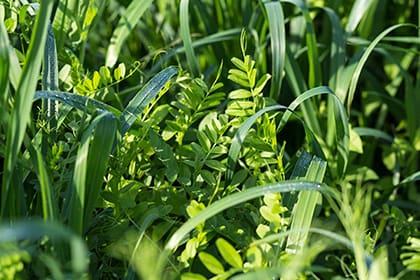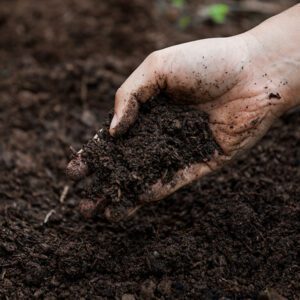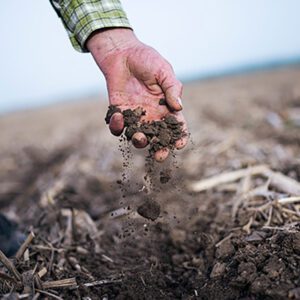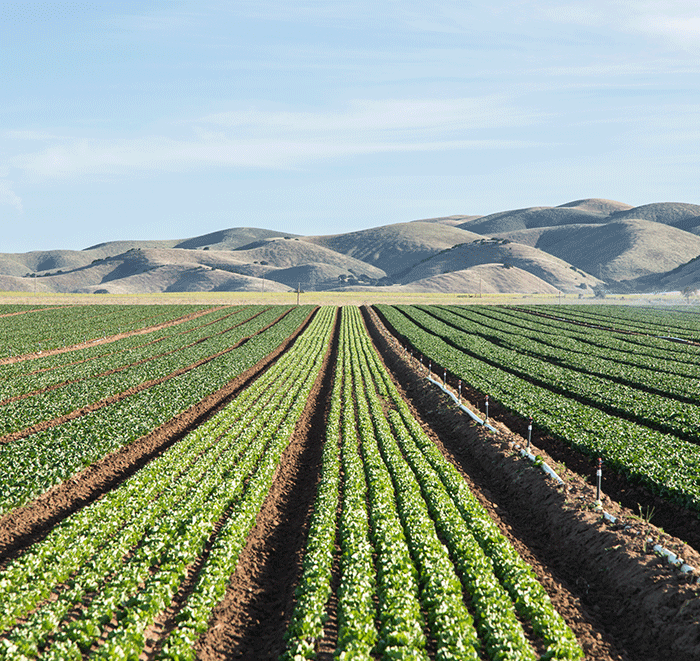

Why improving your soil health matters
How do you measure and improve soil health on your farm? Wilbur-Ellis’ National Nutrition Technical Manager, Carl Bruice, and Director of Advanced Agronomy Training, Greg Binford, present the key components for each.
How to improve soil health
“You’ve got to love your soil,” began Bruice. “You’ve got to take care of it, prevent it from degradation, reduce erosion and keep it productive for years to come. Soil is the most fundamental asset you have—even more important than your planter or next year’s seed. You’ve got to protect it.”
To ensure adequate soil health, follow these four core principles from the Natural Resources Conversation Service:

Proper fertilization practices to maximize nutrient uptake are also very important, Bruice added. “Fertility impacts soil health because you’re stimulating production of organic matter—the energy source of soil microbes, which are a very viable component of soil health. Good fertility maximizes the overall quality and biology of a grower’s soil.”
How to measure soil health
It’s important to recognize that soil health cannot be determined by measuring only crop yield, water quality or any other single outcome. Because soil health cannot be measured directly, we evaluate indicators, or the measurable properties of soil—chemical, physical and biological—that provide clues about how well the soil can function.
- Soil chemistry: A very simple and common way to evaluate soil health is through soil testing with your local agriculture lab. The lab will measure the pH, phosphorus, potassium and other nutrient levels to ensure salt and sodium levels aren’t too high—as these can negatively impact soil health.University and on-farm trials also provide clear parameters for aligning chemical properties for desired yield goals. To get started or take the next step in your soil health journey, Bruice and Binford recommend soil testing and working with a soil health expert.
- Physical soil properties: Physical properties of soil include color, texture, structure, porosity, density and consistency, aggregate stability and temperatures. These properties affect processes such as infiltration, erosion, nutrient cycling and biologic activity. Agronomists can help growers measure physical soil properties to improve soil structure and increase organic matter.
- Soil biology: Still in its early stages, the biological approach can help identify negative microbes that cause disease and plant damage, as well as beneficial microbes that stimulate plant growth and solubilize nutrients. Biological soil testing companies like Trace Genomics work with growers and agronomists to measure different types of soil microbes that can help yield positive responses for growers.


“Wilbur-Ellis also has three product lines related to improving soil health,” added Bruice. “The first is a line of biological nutrients, called NUTRIO®, which uses beneficial microbials to boost soil and plant health for increased yield. Our PURIC® product line includes highly refined humid acid to improve nutrient uptake, root mass and water-holding capacity as well as crop quality and yield. Thirdly, we offer a line of cover crop seeds called Harvest Bounty® that helps growers produce the most sustainable and profitable crops. Each of these biological solutions help keep your soil healthier, for improved profitability.”
Getting started
These components are a starting point to improve soil health, but it looks different on every farm. On-farm experiences, consulting with Wilbur-Ellis agronomists and university resources are key to finding what works best for you—and your soil.

